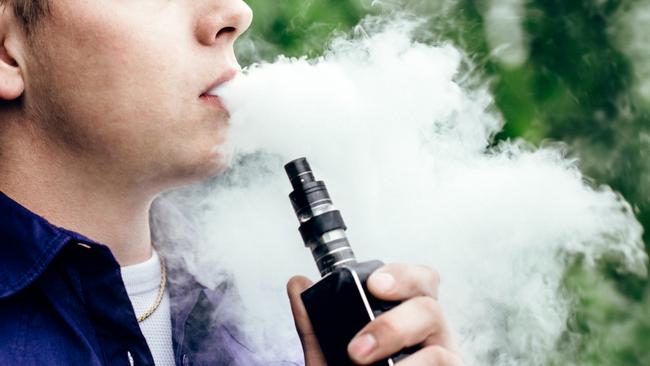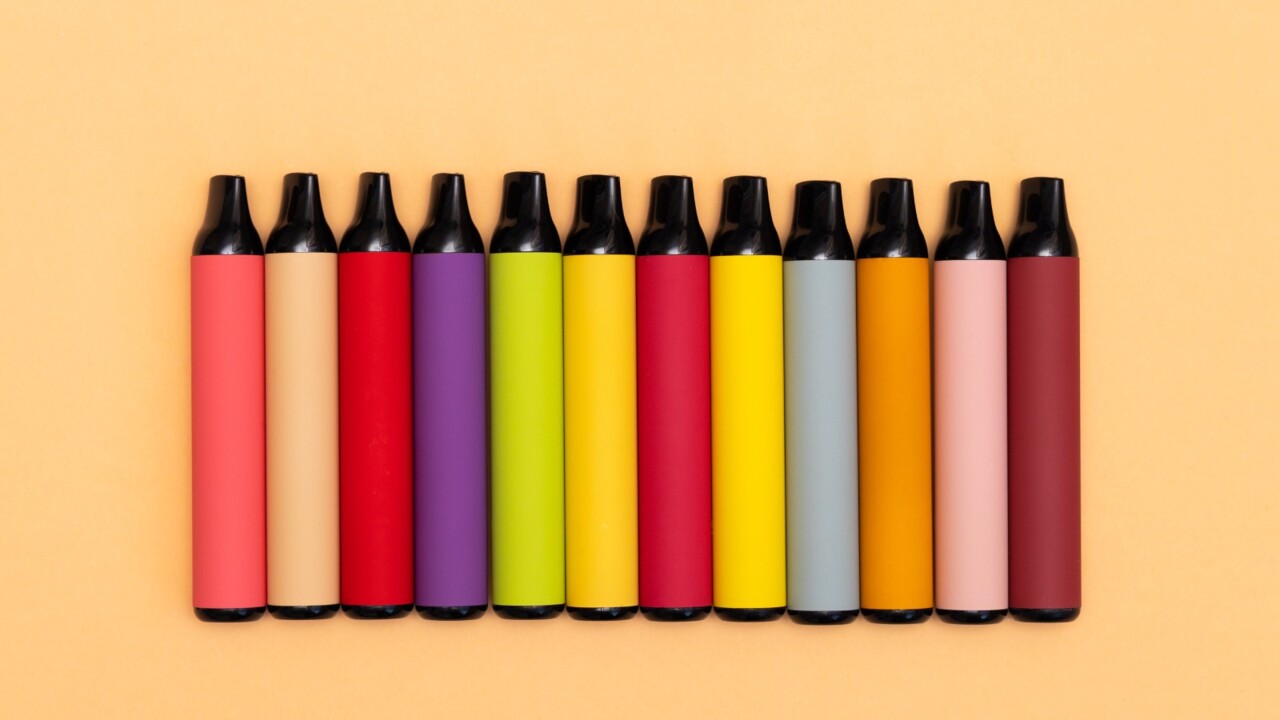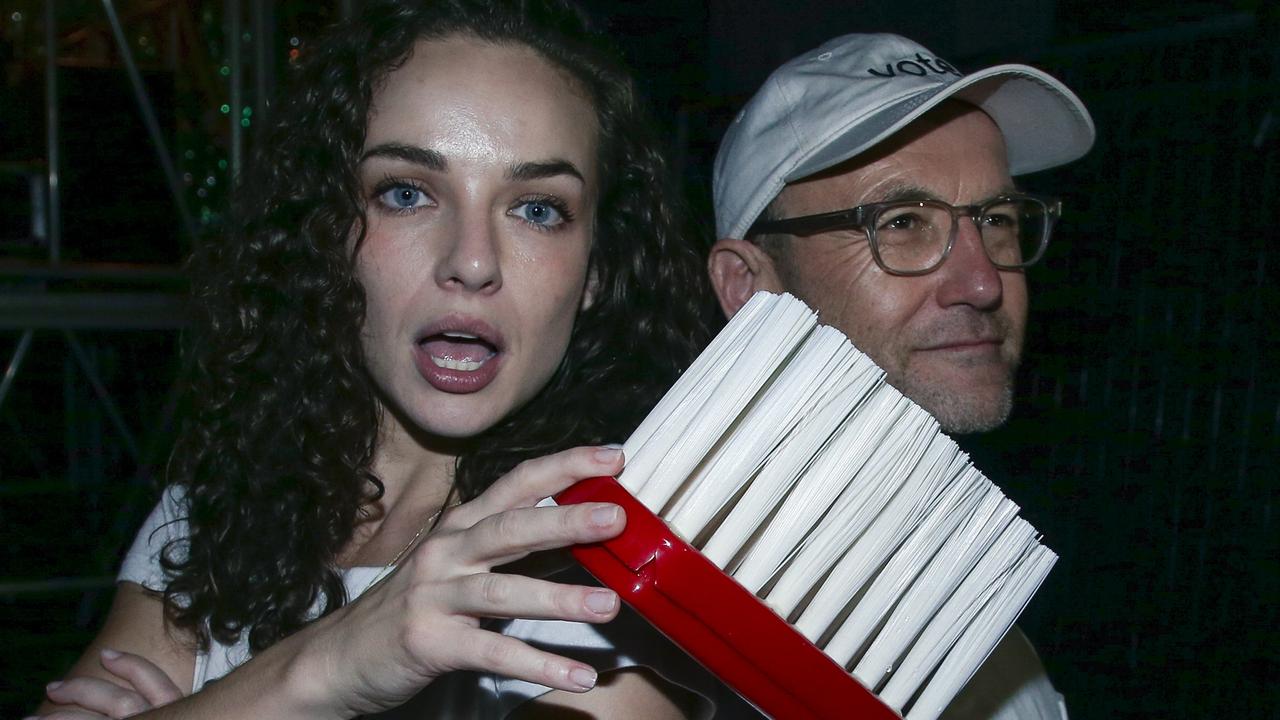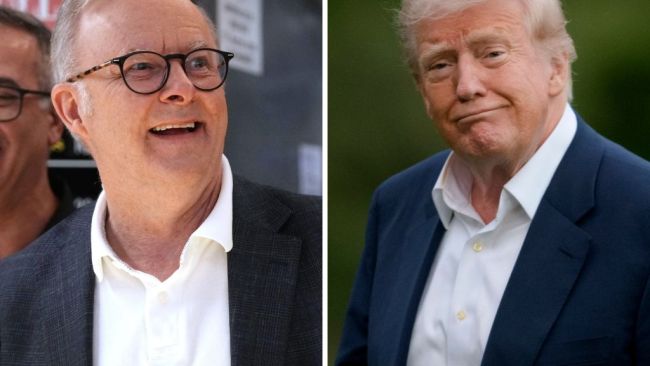‘Threat to public health’: Labor to crackdown on vape sales
The $234m plan to reduce smoking and stamp out recreational vaping, particularly among kids, will be backed by e-cigarette enforcement measures in the budget.

Health Minister Mark Butler will spend $234m on a vaping and tobacco crackdown, headlined by banning single use, disposable vapes, making it easier to get prescriptions for therapeutic use, restricting flavours and reducing nicotine concentrations in products.
The national plan to reduce smoking and stamp out recreational vaping, particularly among school-age kids, will be developed with states and territories in coming months and backed by e-cigarette enforcement measures in next week’s budget.
The Albanese government will introduce legislation, roll out a $63m public health campaign and fund education and support programs to clamp down on vaping products used by about 1.3 million Australian adults.
With vapers three times as likely to take up smoking, the government will implement plain packaging rules, devise regulatory models shutting down the sale of vapes in convenience stores and enforce import controls.
This would mean people seeking to legally vape would require a prescription from a GP and purchase vaping products from pharmacies.
The government response follows a sweeping review into reforming the regulation of nicotine vaping products by the Therapeutic Goods Administration, which received almost 4000 submissions since last December.

The Government will work with states and territories to stamp out the growing black market in illegal vaping, including to:
• Stop the import of non-prescription vapes;
• Increase the minimum quality standards for vapes including by restricting flavours, colours, and other ingredients;
• Require pharmaceutical-like packaging;
• Reduce the allowed nicotine concentrations and volumes; and
• Ban all single use, disposable vapes.
• The Government will also work with states and territories to close down the sale of vapes in retail settings, ending vape sales in convenience stores and other retail settings, while also making it easier to get a prescription for legitimate therapeutic use.”
While big tobacco companies and convenience stores wanted an open regulatory market similar to regulations on the sale of cigarettes, Mr Butler’s overhaul lands on the side of health advocates.
Given the scale of the unregulated vaping black market and the focus of the Australian Border Force on illicit tobacco, significant funding will be required to stop vapes at the border. The ABF currently does not test vapes suspected of containing nicotine, which often arrive in Australia blended in with other objects including pens, toys and electronic gadgets.
Mr Butler, who has modelled his crackdown on Nicola Roxon’s world-leading cigarette plain-packaging laws, will tell the National Press Club on Tuesday that vaping is an imminent “threat to public health”.

The budget will fund a $30m program to help Australians quit smoking, a $63m public health campaign discouraging people from taking up smoking and vaping and a $140m boost for the Tackling Indigenous Smoking program to reduce vaping in Indigenous communities.
The Health Minister will attack big tobacco companies for using an addictive product, wrapping it in shiny packaging and adding “flavours to create a new generation of nicotine addicts”.
“Vaping was sold to governments and communities around the world as a therapeutic product to help long-term smokers quit. It was not sold as a recreational product – especially not one for our kids. But that is what it has become: the biggest loophole in Australian history,” Mr Butler will say.
“One in six teenagers aged 14-17 has vaped. One in four people aged 18-24 has vaped. By contrast, only one in 70 people my age has vaped. And when more than 1000 teenagers aged 15 to 17 were asked where they could get vapes, four out of five of them said they found it easy or somewhat easy to buy them in retail stores.”

Mr Butler, a critic of the Coalition’s management of vaping regulations that have seen an explosion in black market vapes and low take-up of prescriptions, will say “this is a product targeted at our kids, sold alongside lollies and chocolate bars … Vaping has become the No. 1 behavioural issue in high schools. And it’s becoming widespread in primary schools.
“Over the past 12 months, Victoria’s poisons hotline has taken 50 calls about children under four becoming sick from ingesting or using a vape,” he will say.








To join the conversation, please log in. Don't have an account? Register
Join the conversation, you are commenting as Logout